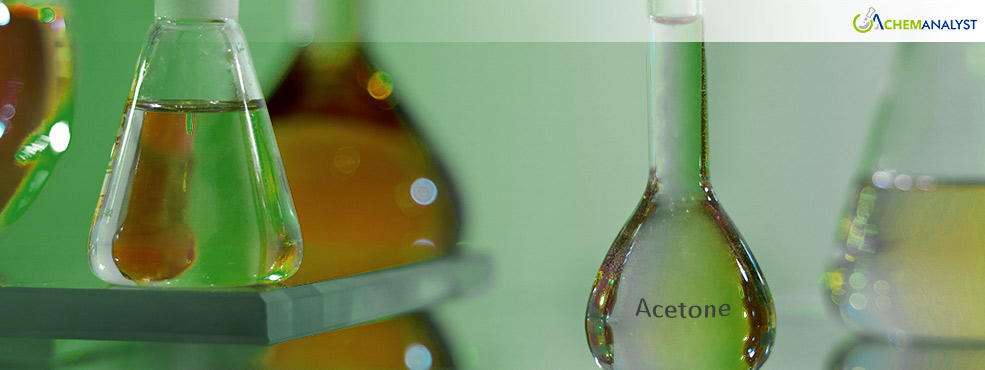Global Acetone Market Faces Mixed Trends US Sees Price Increase Asia and Europe Experience Declines
- 19-Feb-2025 8:00 PM
- Journalist: Xiang Hong
Acetone price movements in February highlight regional differences. The U.S. market experienced a slight price increase, while Asia and Europe faced declines. These fluctuations are driven by the interplay between cumene and phenol production, weak demand, and logistical disruptions.
Key Takeaways:
-
U.S. prices rise slightly, while Asia and Europe see declines due to varying supply-demand dynamics.
-
Strong connection between Acetone and phenol production supports price increase, despite weak demand.
-
Weak downstream demand and logistical issues lead to lower Acetone prices.
In the first half of February, the global acetone market experienced slight price fluctuations. In the U.S., prices increased, while Asia and Europe saw a decline. Despite a stable outlook earlier in the year, various factors—including the relationship between acetone and its feedstocks, rising shipping costs, and logistical disruptions—have shaped market dynamics in each region.
In Asia, acetone prices fell in February after remaining stable earlier in the year. Acetone is closely tied to phenol production, as it is a byproduct of phenol manufacturing. Any changes in phenol output directly affect acetone prices and supply. Although cumene, the primary feedstock for acetone, has remained steady, weak demand from downstream industries like plastics and coatings has contributed to the price drop. Acetone witnessed a decreasing difference of 0.8% from December. Rebound in the prices is further expected amidst the increased feedstock (cumene) prices. Additionally, rising shipping costs and supply chain challenges have further pressured the market.
In February 2025, acetone prices saw a decline due to temporary shutdowns at key plants, including PTT Global Chemical's Map Ta Phut facility in Thailand and Ineos Phenol's Jurong plant in Singapore. Additionally, CEPSA Group in China also experienced a maintenance shutdown, contributing to the overall decrease in acetone prices.
Similarly, the European acetone market also saw a price decline in February. Demand from key industries such as pharmaceuticals and coatings remained stable, but higher energy costs and inflation have put pressure on production. Rising energy prices have led to lower operating rates in Western Europe. Proposals being considered by the European Commission to temporarily cap natural gas prices are likely to lead to a diversion of supplies away from Europe, further tightening the region's supply. While intra-regional trade may ease some pressure, the market remains uncertain due to rising crude oil prices and geopolitical instability.
In contrast, the U.S. acetone market saw a slight price increase in February. This uptick can be attributed to the close connection between acetone and phenol production. Any changes in phenol production directly affect acetone prices and supply. While cumene prices have remained stable, acetone producers have been cautious with pricing due to weak demand from end-use industries. Logistical challenges and rising shipping rates have not yet significantly impacted the U.S. market.



